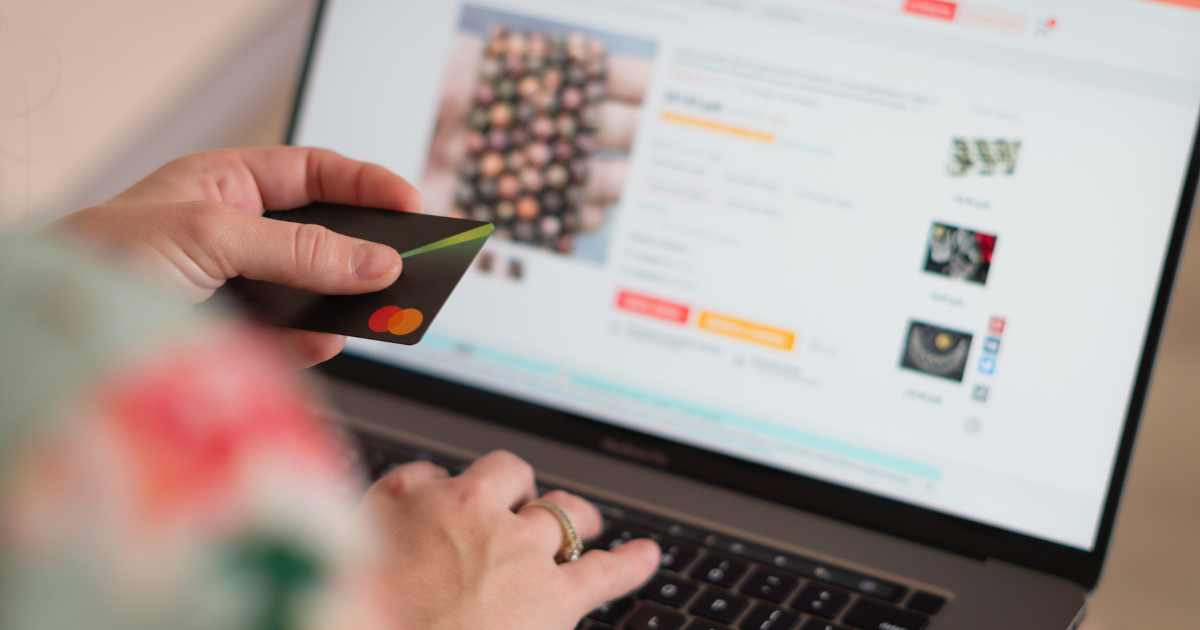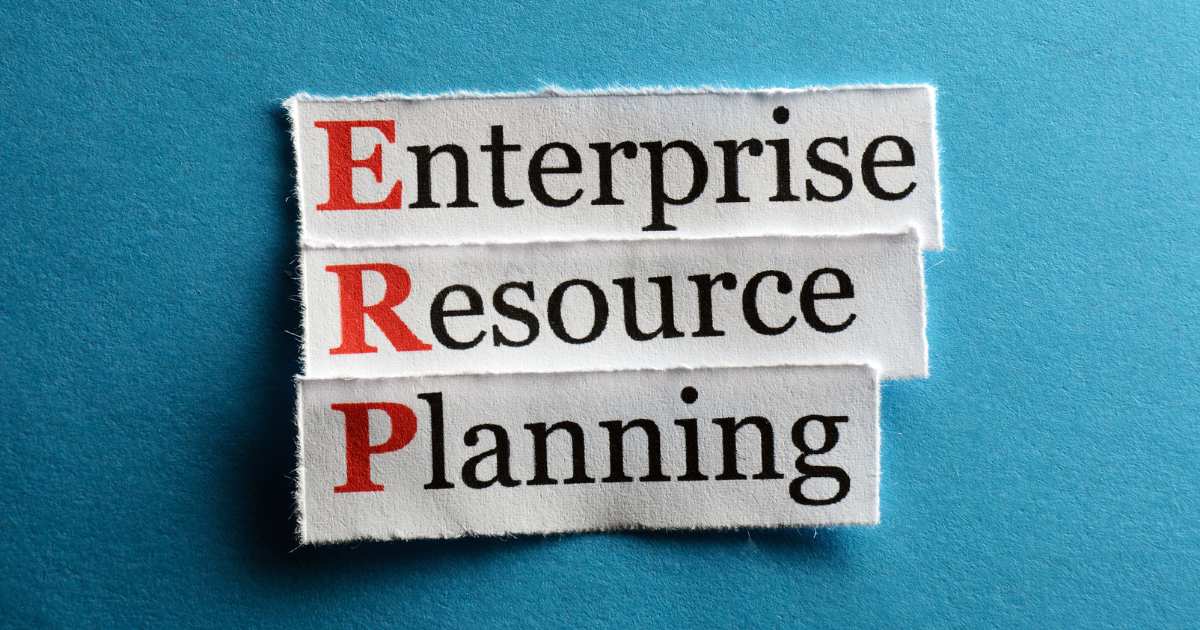
When you start a business – or get that light bulb moment for a business – chances are that someone asked you: “But what is the demand for it?” This is an important question to ask, regardless of whether or not you are an established business or only starting out. Consumer demand changes, but before you can keep up with these changes, you need to understand what it is first.
Consumer demand is based on your ideal customer’s desire and needs for a product or service. This is often affected by the availability of the solution that fills this need or desire, the customer’s buying habits and trends.
Why Desire and Need are Both Important
It is important to distinguish between a need and a desire, as well as keeping in mind that both are key in customer demand. Let’s look at an example of a need.
If Suzie is interested in buying a consumable such as a kota takeaway, because she doesn’t have time to cook, food is a need. Similarly, a dogwalking service that she pays to take her puppy for walks while she is at work, the need is to take care of her responsibilities (in other words, her dog), and a business fulfils this need.
However, if Suzie wants to buy a Stanley mug because it is trendy, or she likes the colour, this is not a need, but rather a desire. She can choose to go without it, but the simple reality is that many people like her have a desire to own the product. Similarly, if Suzie purchases a spa day for her and her friend, the service – although it can have health benefits – is not a need. Her desire to relax and have a fun day with her friend is something that she and many others would gladly spend money on.
How Desire and Need Translate to Demand
Demand means people are willing to buy your product, but in order to turn a need or desire into action, a few key factors are at play. Timing is everything. Usually, this would mean that someone is or isn’t “in the market” for a product or service. This could be due to the time of year or month, or a specific season. Chances are, no one is thinking about buying an umbrella when the sun is shining!
Price is another factor. If customers feel that the exact same product or service can be obtained elsewhere at a more affordable price. Similarly, customers often use price to determine what the product or service is worth: Does the cost justify the quality?
Availability is another factor. It is a well-known fact that scarcity is a driver for justifying higher costs to ensure you secure the item or service you really want. However, the opposite can also be true. Where a sale on a large number of items or packaged services encourages consumers to purchase more at once, abundance can also drive sales. Essentially, it all boils down to the type of offering an entrepreneur has and what the demand curve is for said offering.
How to Generate Customer Demand
There are four ways that a business owner or marketer can increase customer demand.
1. Conduct Market Research
The best way to determine what your customers need is through surveys, polls, and focus groups. This will indicate where improvements can be made, or where product and service ideas can be scrapped completely.
2. Produce Quality Content
When starting your business, focus on promoting what solution your product or service solves. It is best to align your content strategy with the channels where your customers are. You need to attempt to create content that speaks to them.
3. Feature Customers’ Reviews
On your website or social media, it’s vital to include customer reviews. The feedback from other customers encourages new buyers that the product or service did indeed solve their problems.
4. Insentivise New Customers
To get new customers “hooked” on your offering, you can provide a discounted promotion or even a free gift to incentivise their first purchase. You may already have seen how other businesses offer free shipping on the first order, give a gift item, or provide a discount to be used at future appointments.
If you would like to know more about adapting to changing consumer demands, read our related article.






